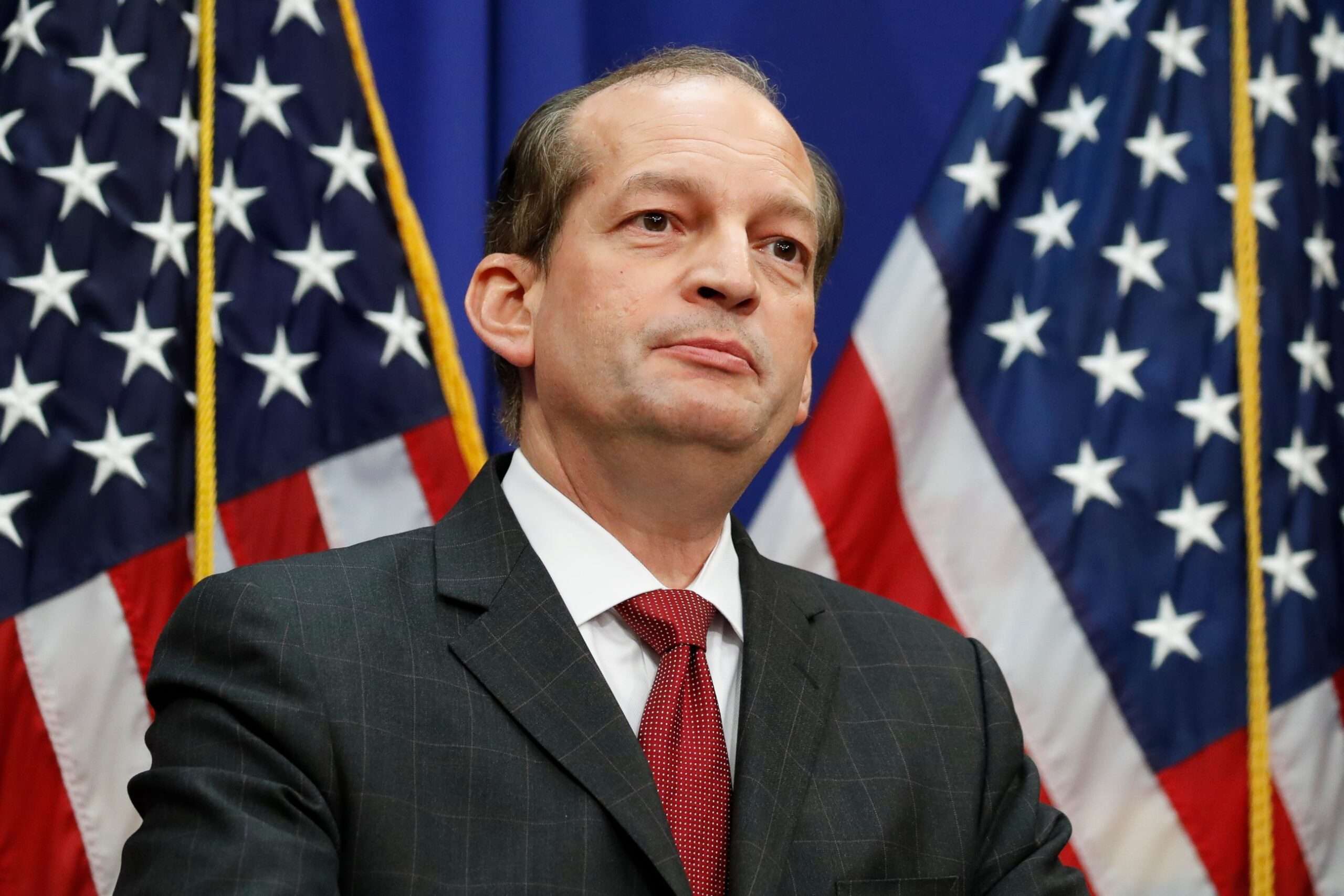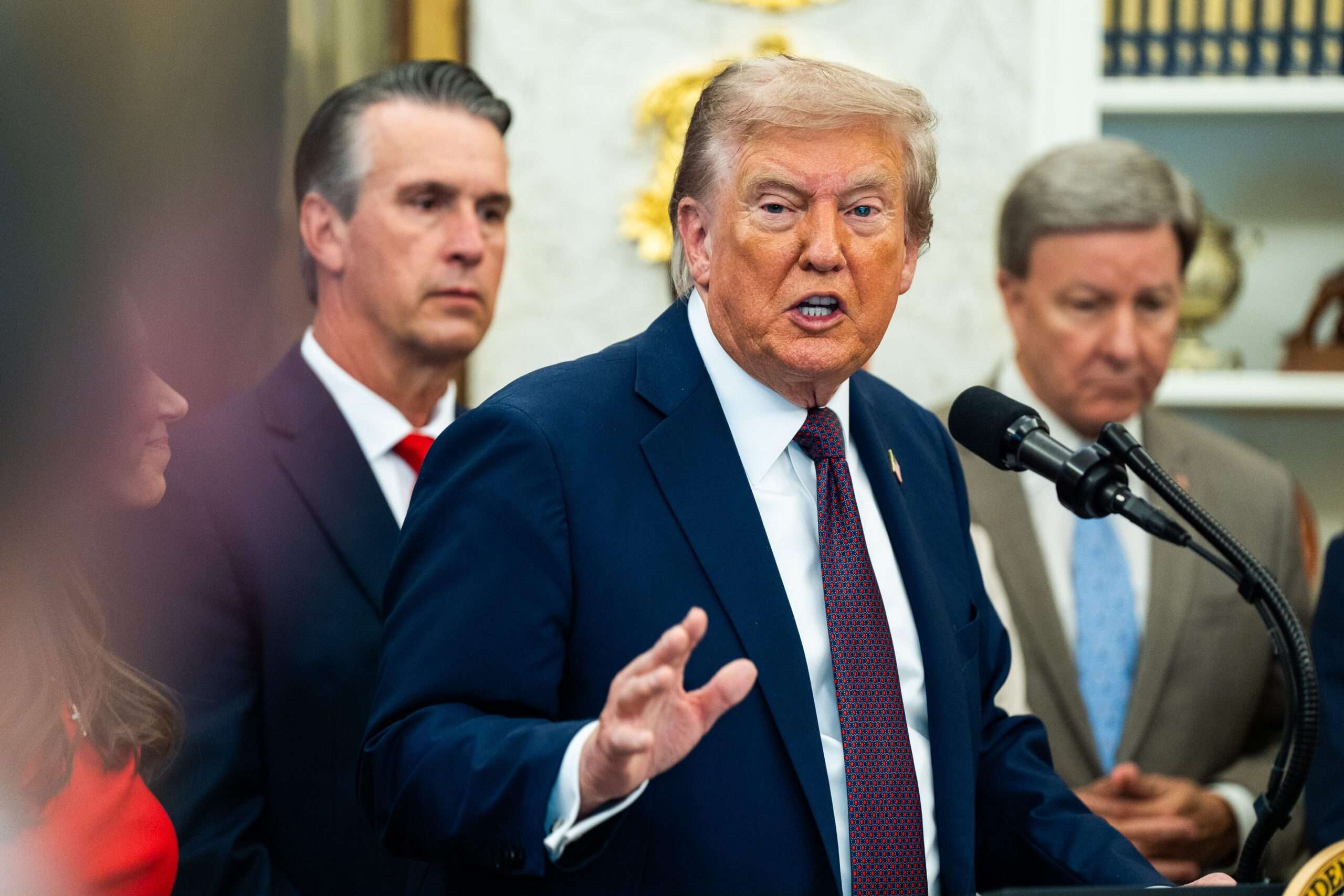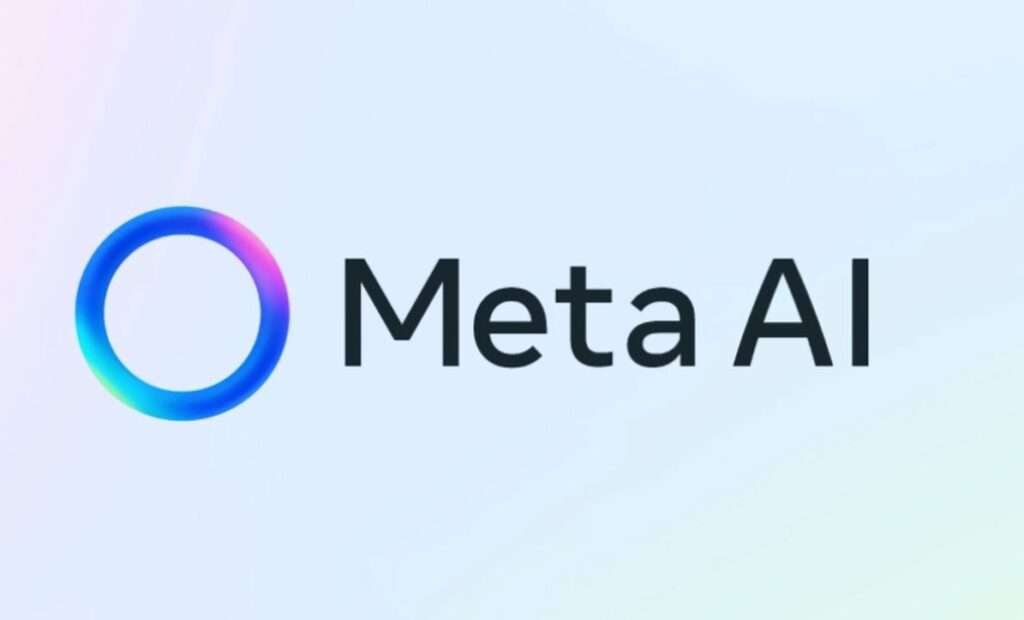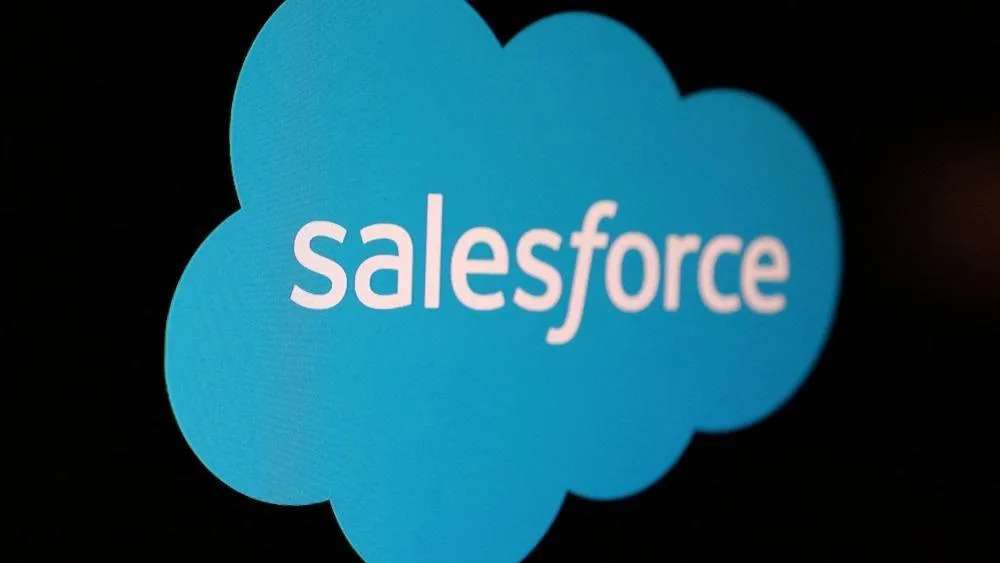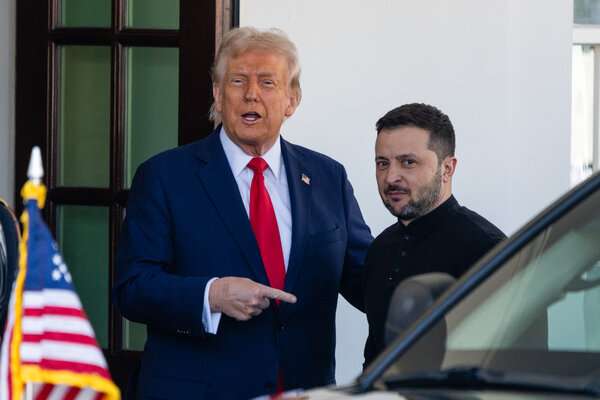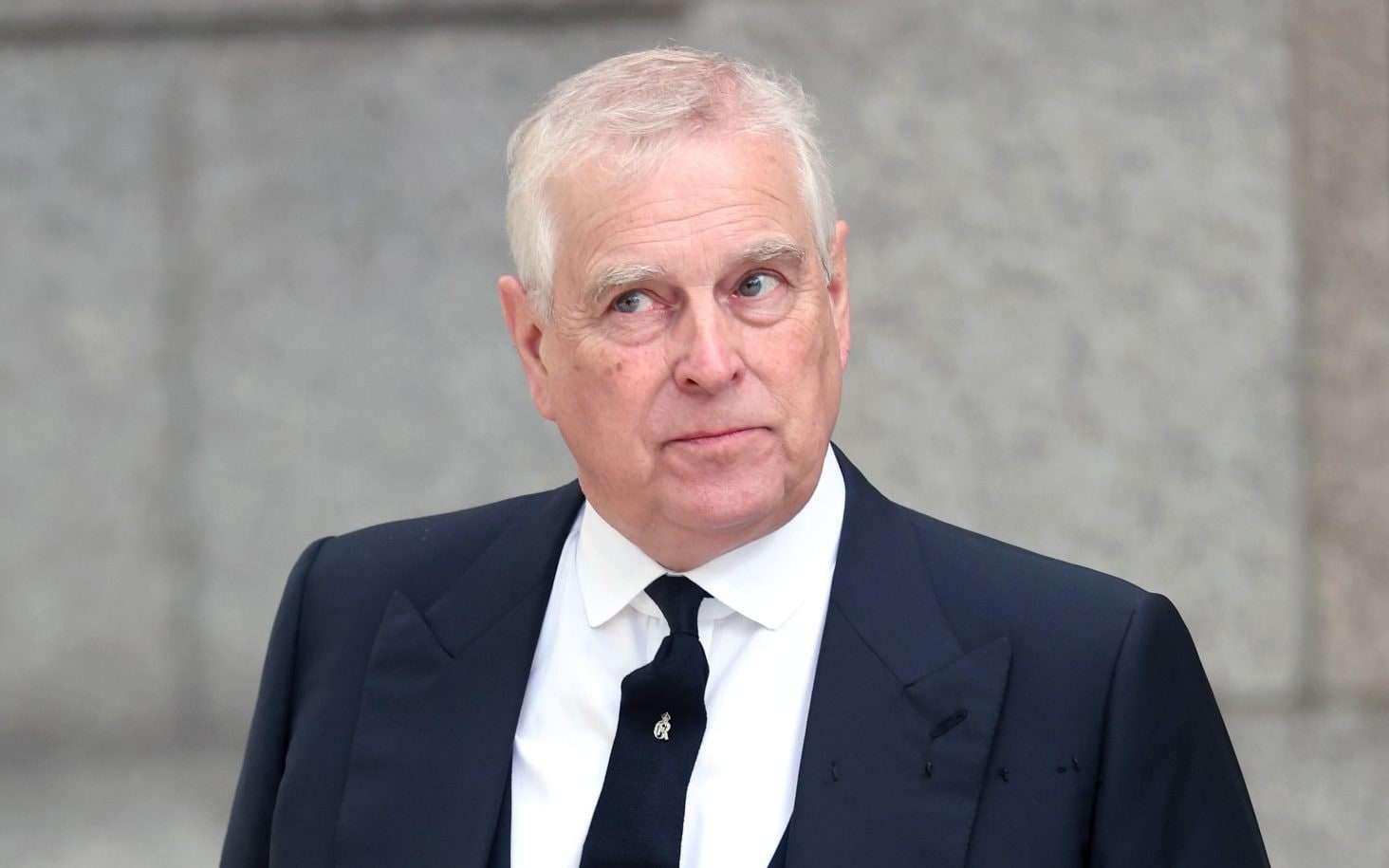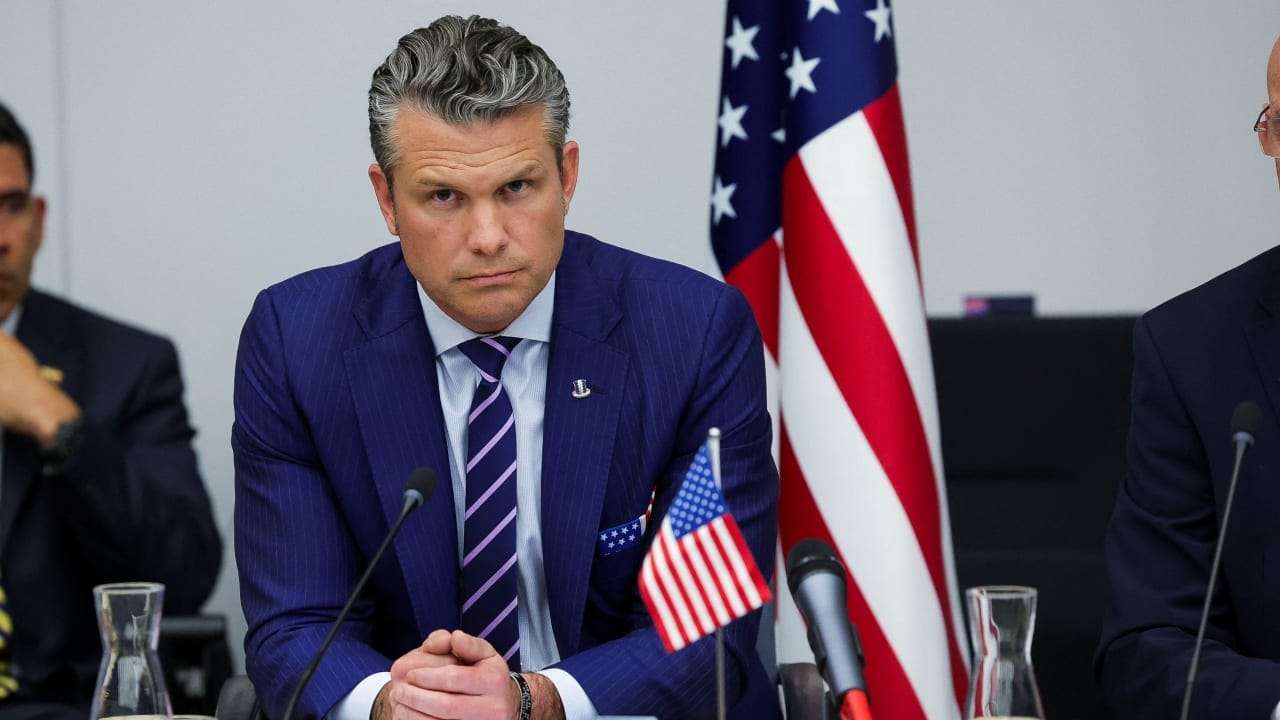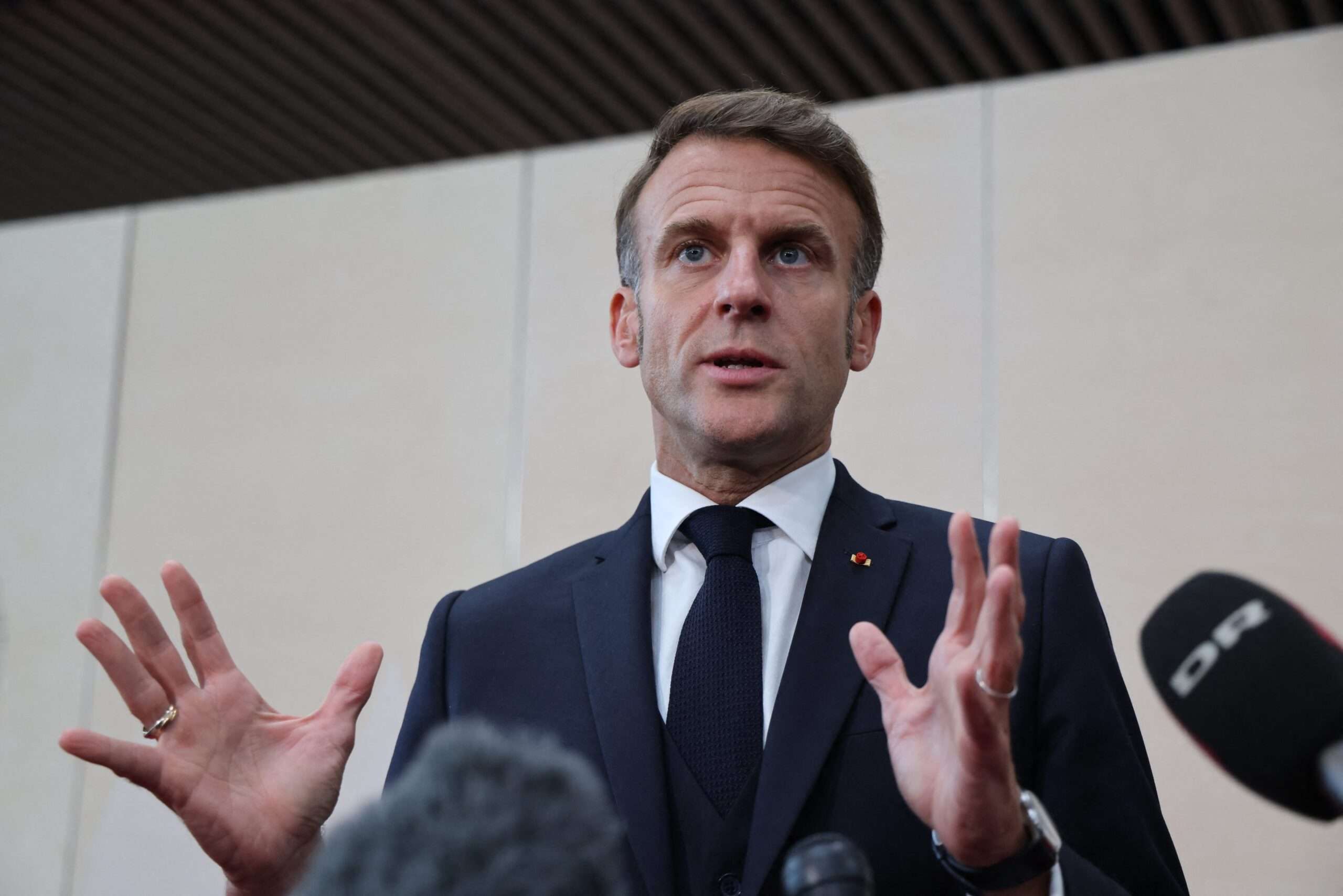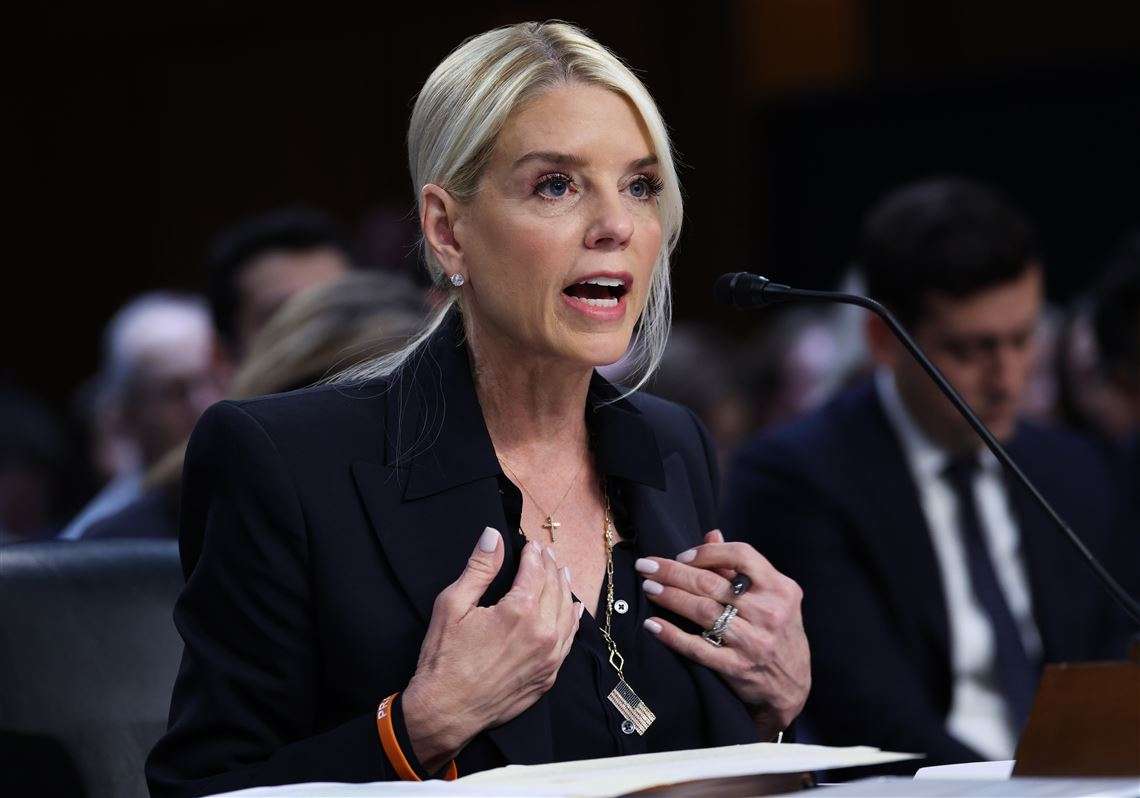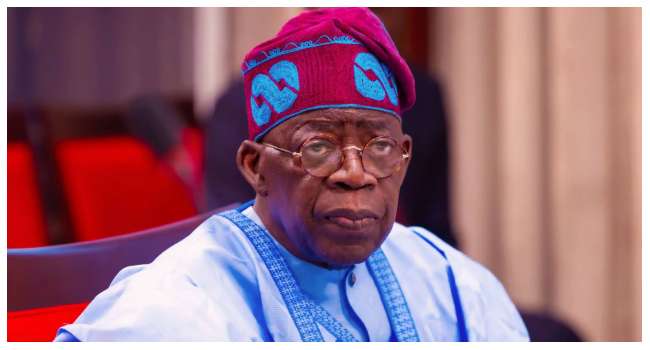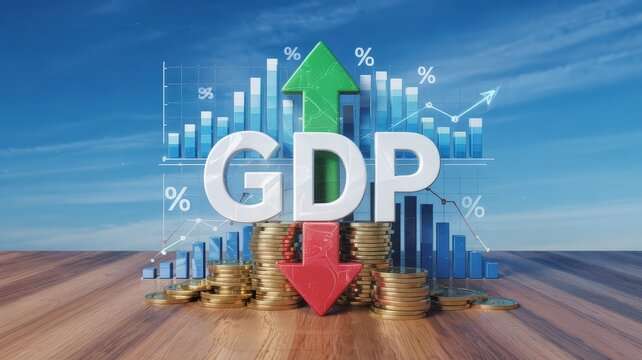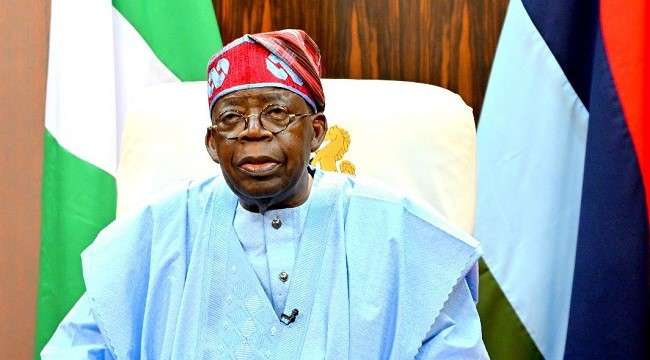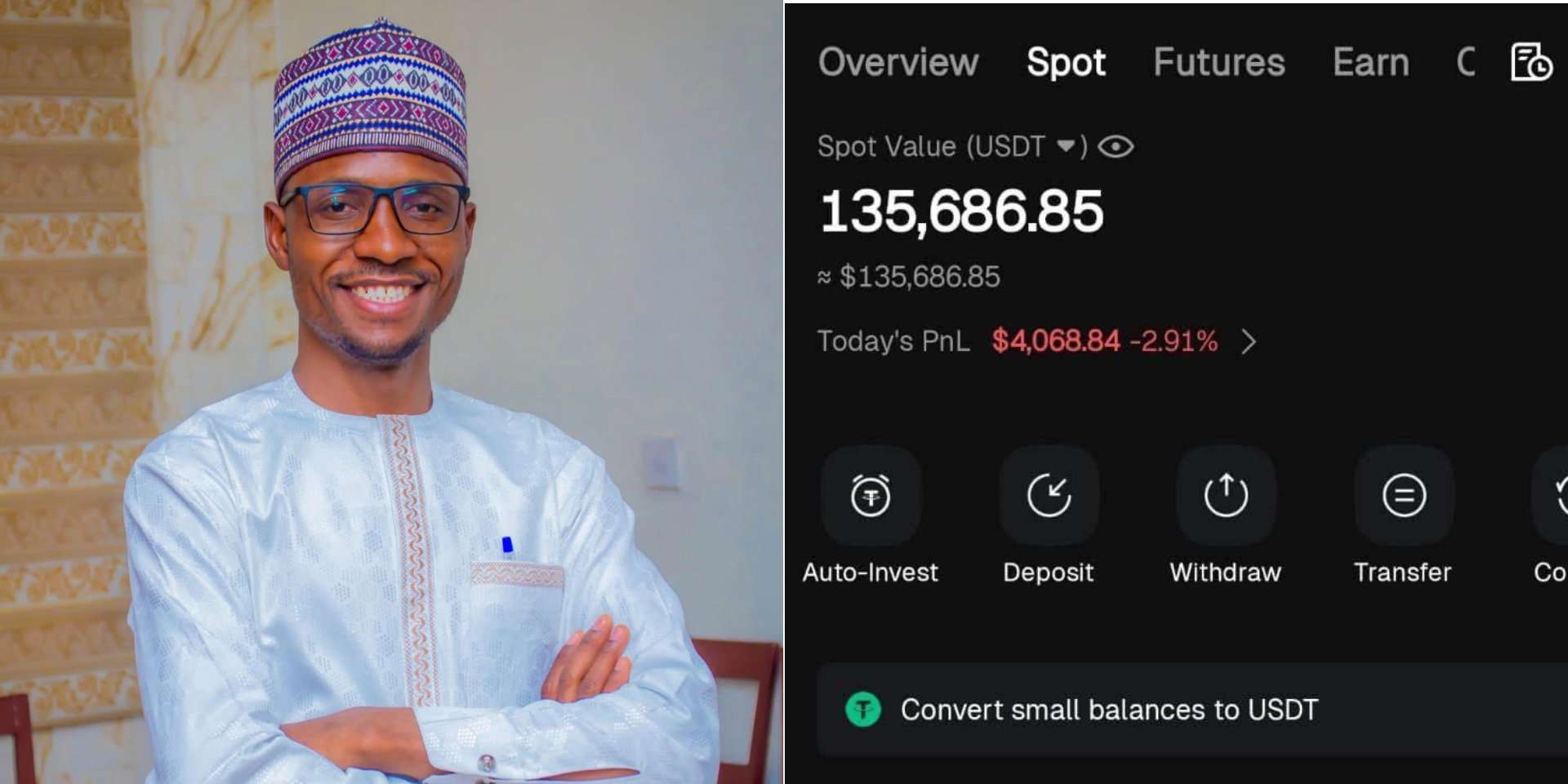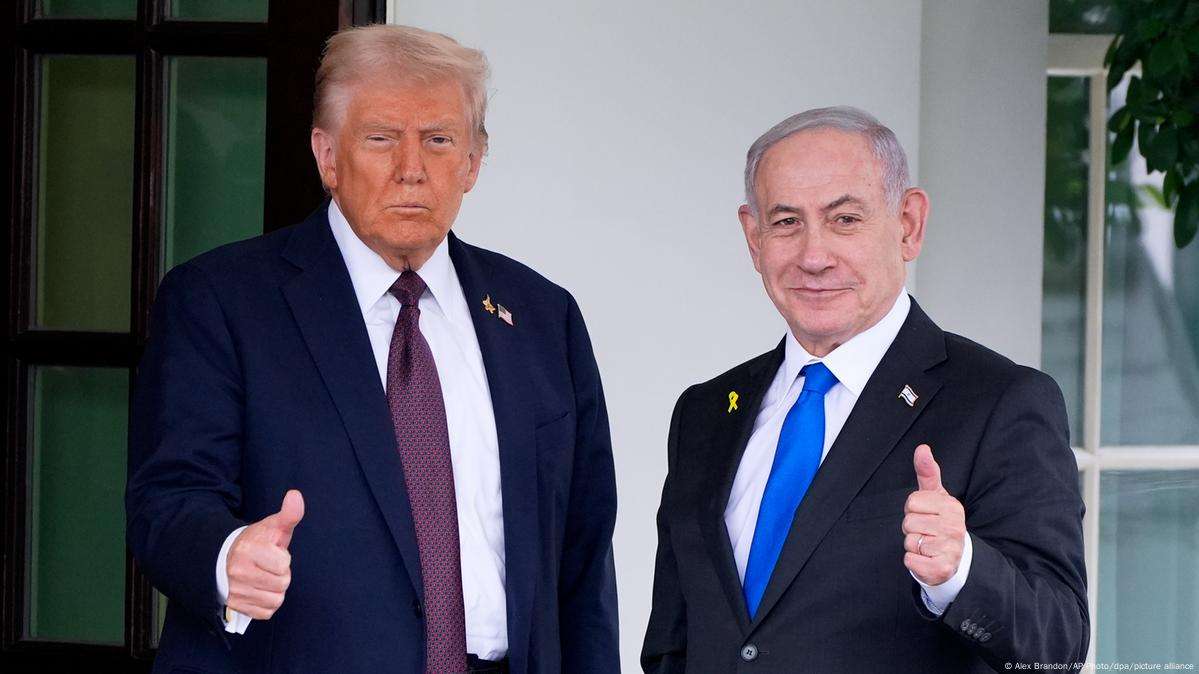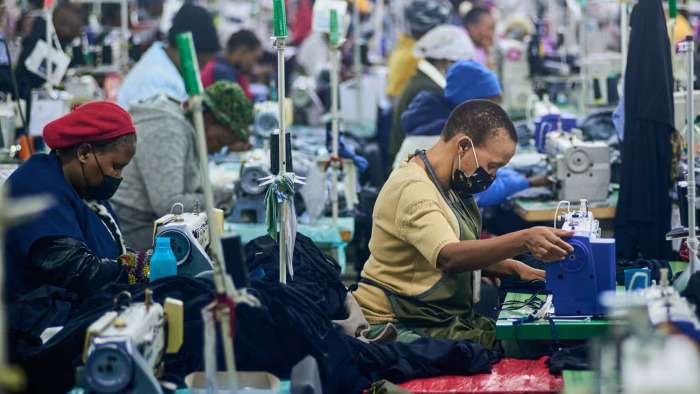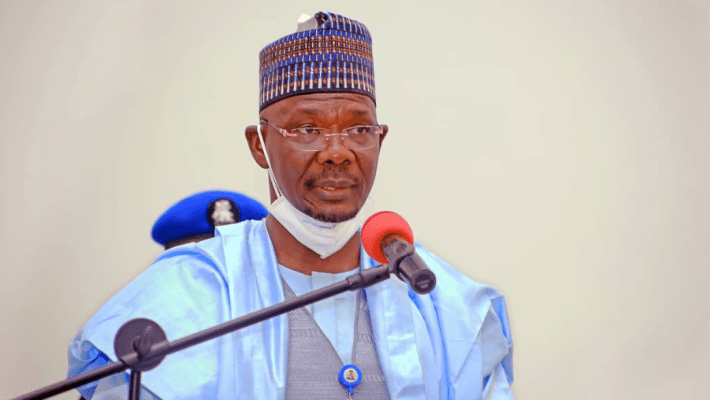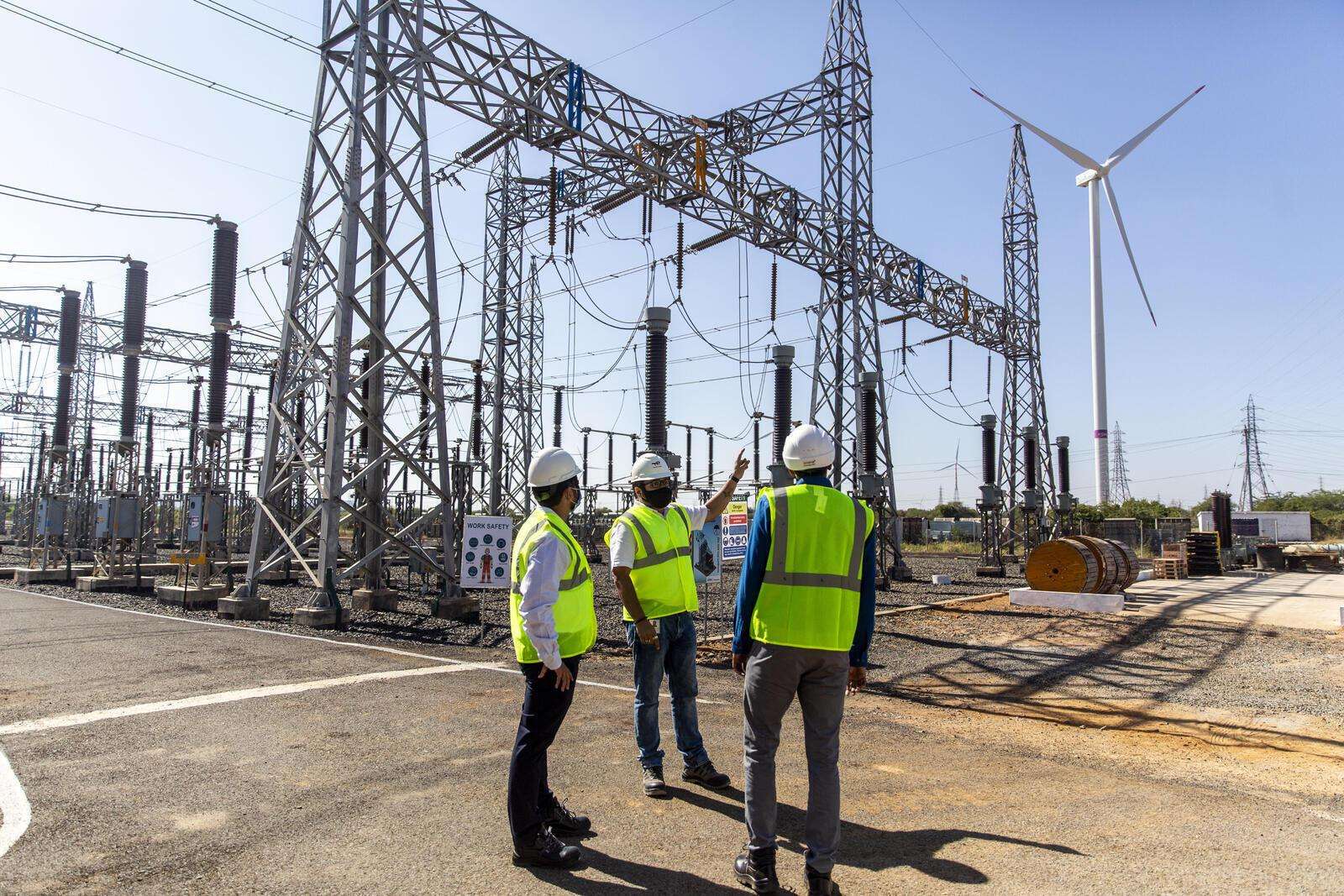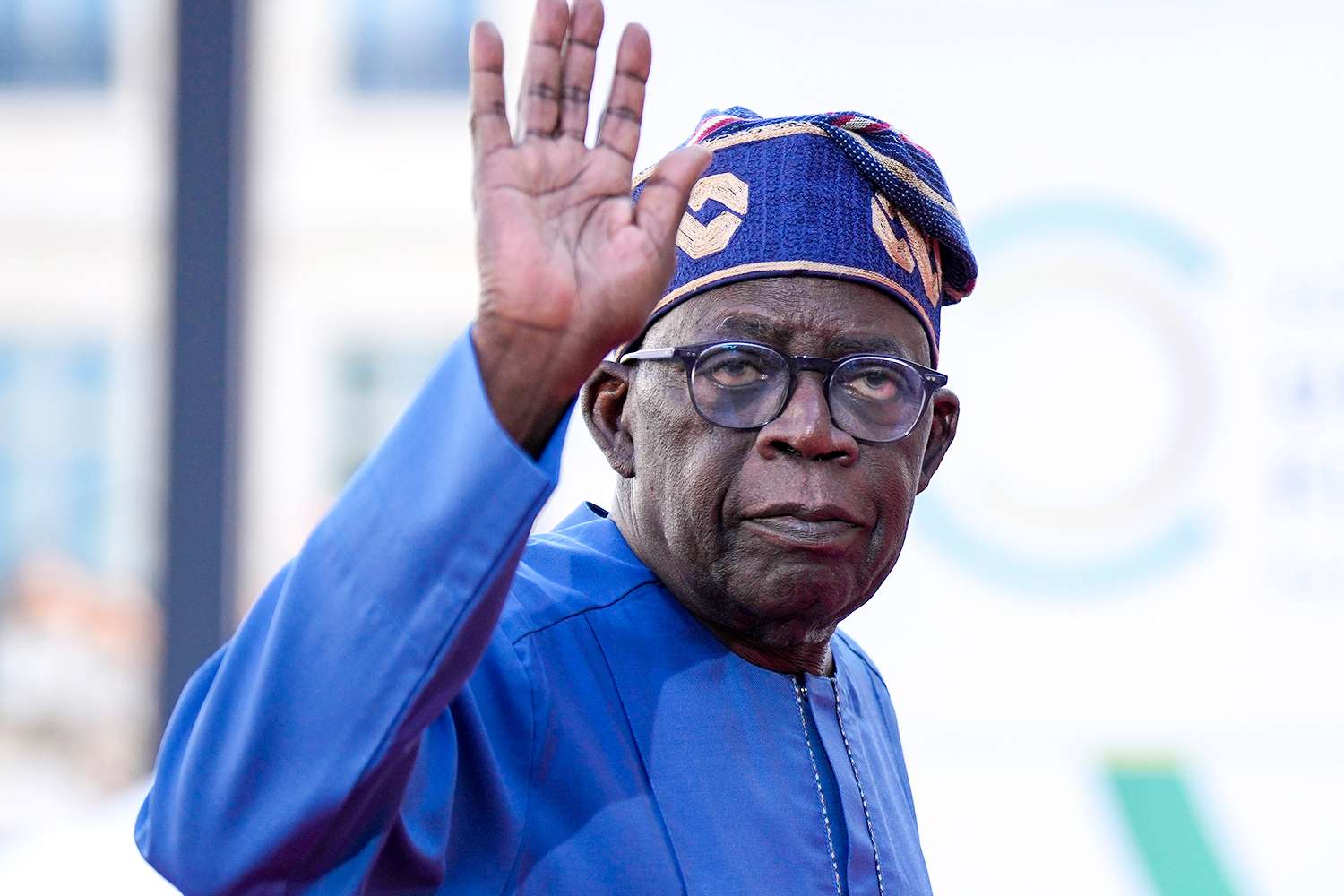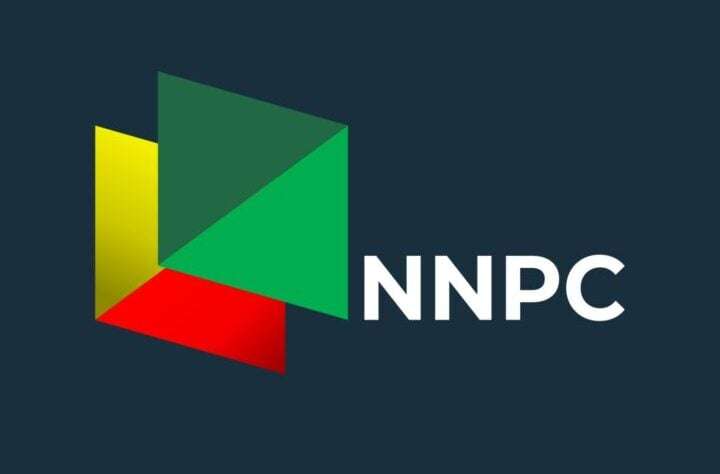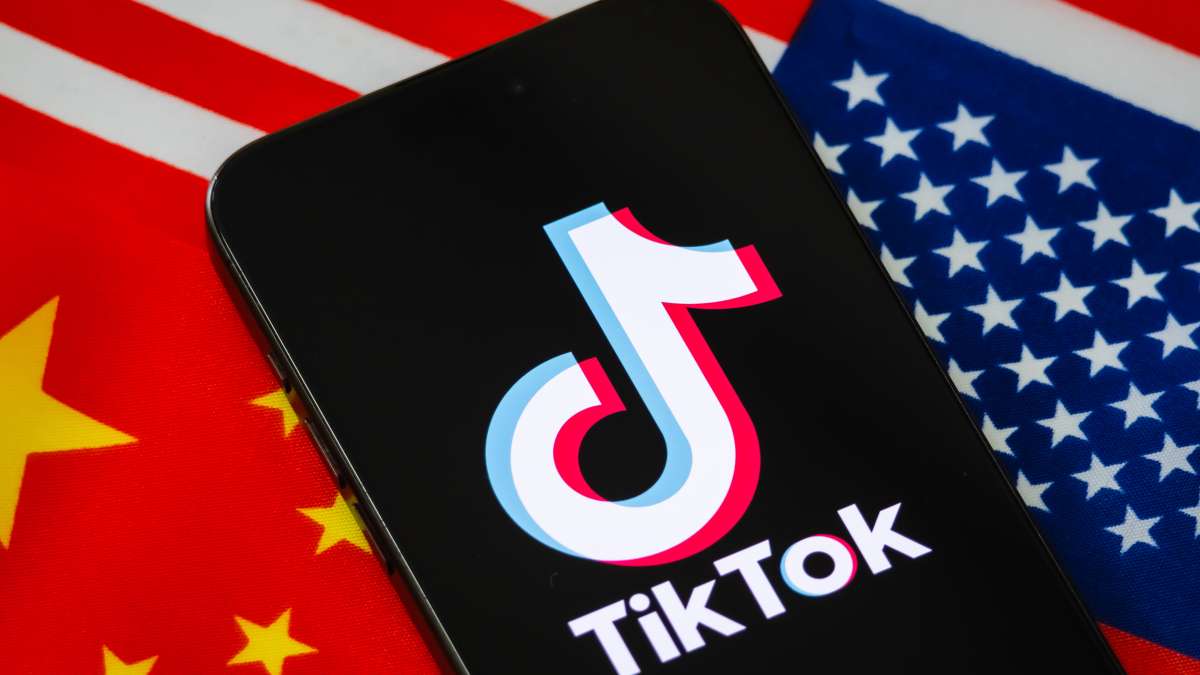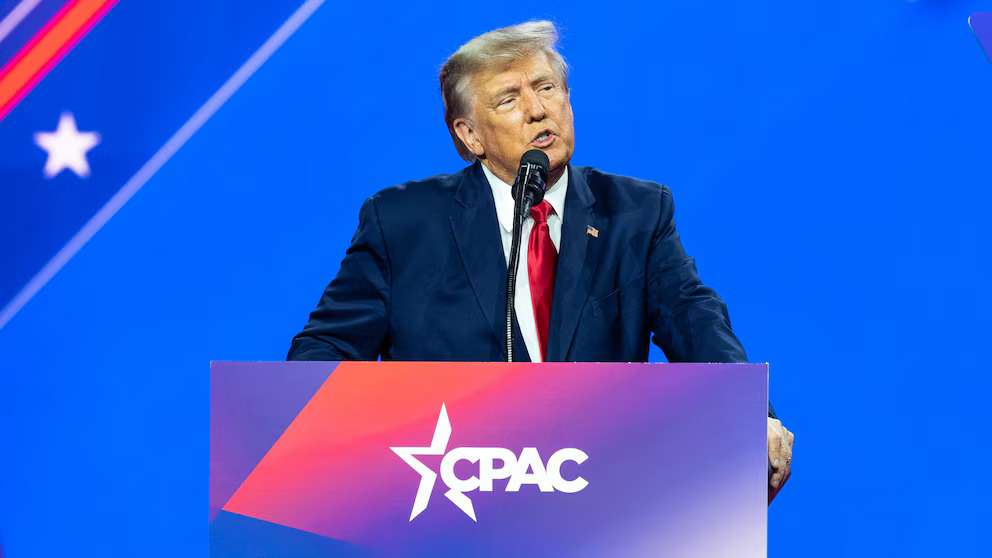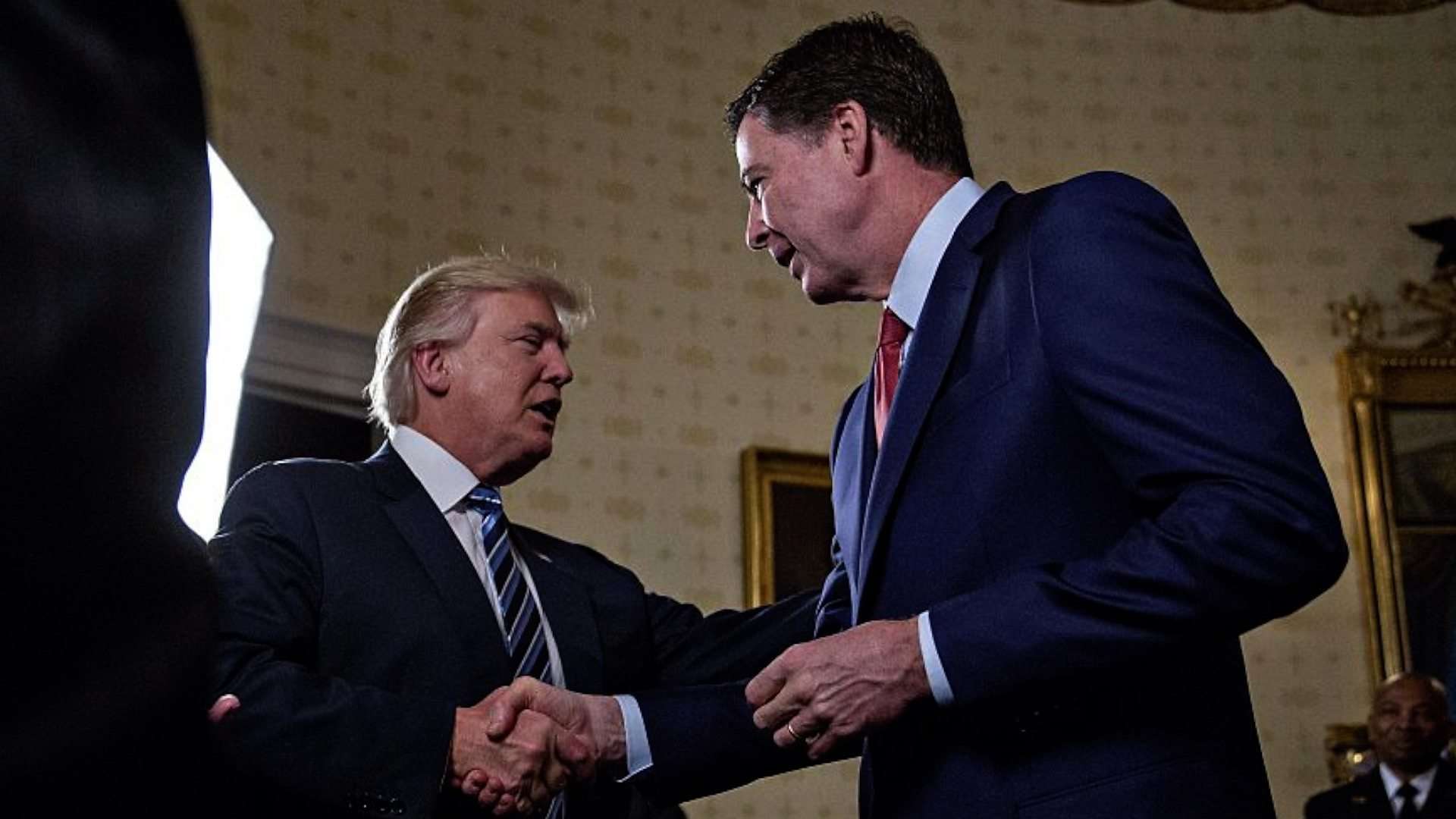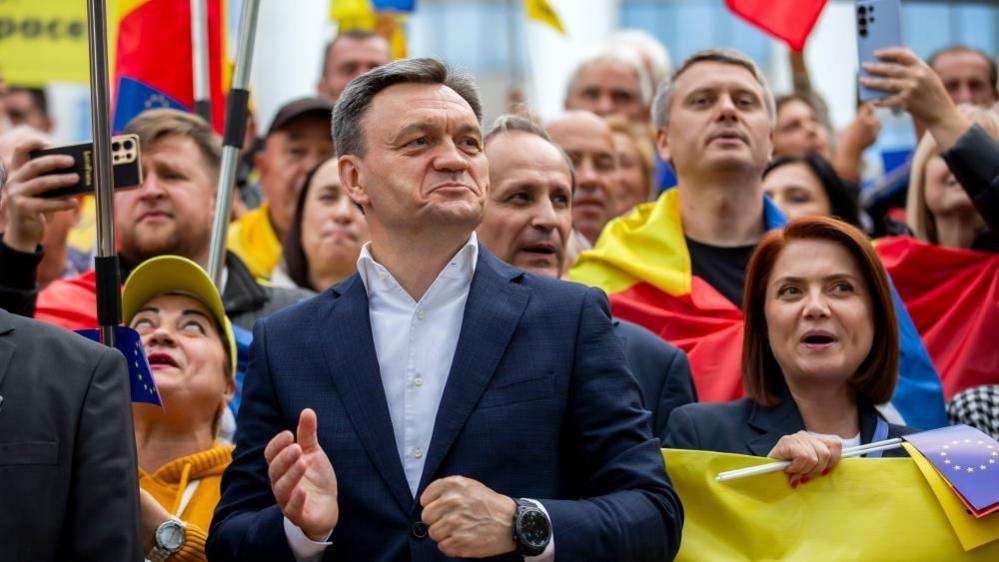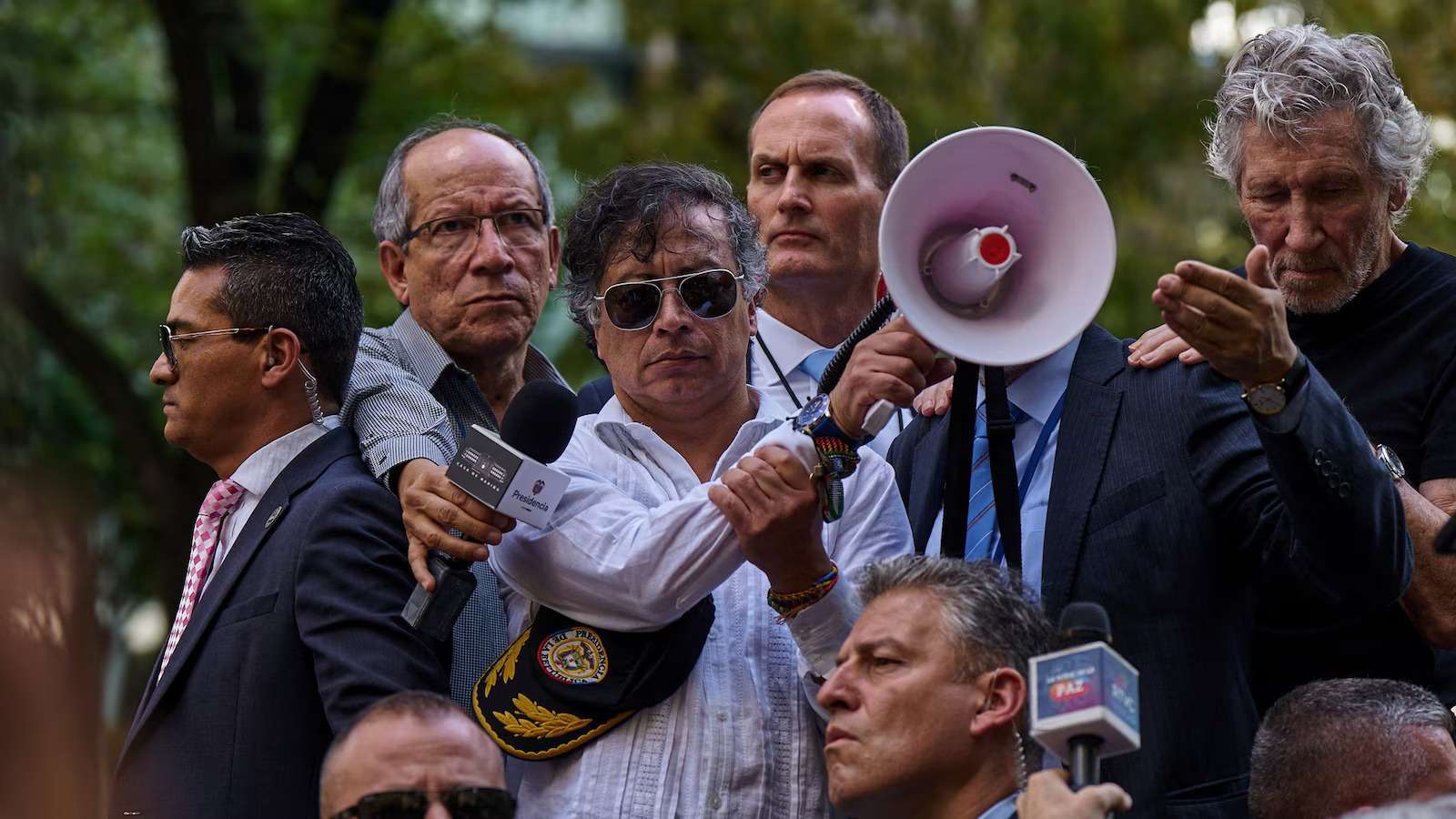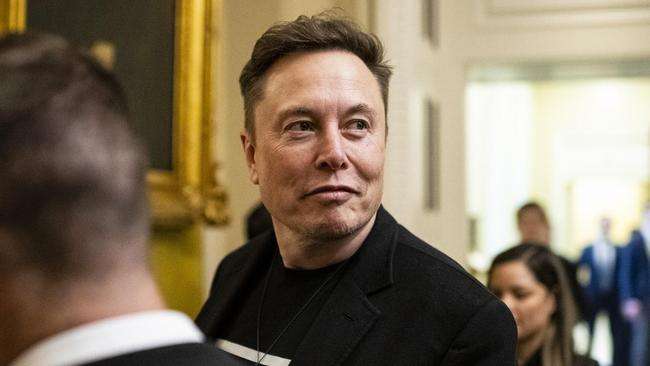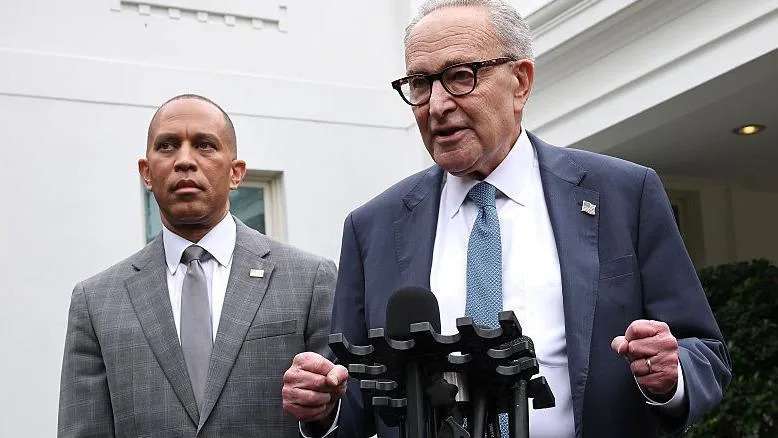
The United States is on the brink of a government shutdown as President Donald Trump and Democratic leaders ended a high-stakes White House meeting on Monday, September 29, 2025, without reaching a funding agreement. The deadline to fund the federal government expires at midnight on Tuesday, setting the stage for a potential partial shutdown starting Wednesday unless a deal is struck.
The meeting, described as the first face-to-face bipartisan congressional leadership discussion of Trump’s second term, brought together President Trump, Vice President JD Vance, Senate Majority Leader John Thune, House Speaker Johnson, and Democratic leaders including Senate Minority Leader Chuck Schumer and House Minority Leader Hakeem Jeffries. Despite the urgency, stark divisions remained on key issues, particularly health care funding and budget priorities.
Vice President Vance warned the press after the meeting, “I believe we’re on a path to a shutdown because the Democrats refuse to act responsibly.” On the other side, Democrats insist their refusal to back a short-term clean funding extension stems from Republican unwillingness to address significant healthcare concerns. House Minority Leader Jeffries said, “We’re headed into the meeting to have a good faith negotiation about landing the plane in a way that avoids a government shutdown but does not continue the Republican assault on the health care of the American people.”
At the heart of the impasse is the expiration of enhanced Obamacare subsidies and recent Medicaid cuts introduced under Trump’s administration, which Democrats want to restore and extend as part of any continuing resolution. Senate Minority Leader Schumer emphasized the divide, saying, “There are still considerable differences between us,” but noted that the president was seemingly more receptive during the talks. He added, “Ultimately, he makes the final call.”
Republicans, who hold slim majorities in both chambers of Congress and the presidency, advocate for a temporary Continuing Resolution to maintain funding at current levels through late November, postponing broader budget debates. Senate Majority Leader Thune criticized Democrats for rejecting this approach, calling it “purely and simply hostage taking.”
If a shutdown occurs, it would be the first since nearly seven years ago and carries serious real-life consequences. Government services deemed non-essential will halt, affecting hundreds of thousands of federal employees who face furloughs. National parks and monuments could close, federal processing of loans and permits may slow, and vital public programs could see interruptions.
Experts note the political blame game plays a significant role. Schumer said, “It is up to Republicans whether they want a shutdown or not,” reflecting the partisan standoff. Last week, Trump delayed talks, indicating skepticism over Democratic proposals, but in the last-minute meeting, some hope lingered for negotiation. However, time is running out.
The shutdown threat underscores persistent challenges in U.S. fiscal governance, where partisan priorities, healthcare policy, and budget control collide. The Biden administration in a prior era faced a record 35-day shutdown, showing how resilient and damaging these impasses can be.
As midnight Tuesday approaches, the nation watches closely. Without breakthrough negotiations, the federal government will face closure, imperiling services and employees with an uncertain end date. The next steps depend on whether Congress and the White House can reconcile healthcare funding demands and budget limits, or whether partisan gridlock will prevail once again.
In summary, the looming U.S. government shutdown reflects deep political division between President Trump’s Republican-led administration and Democratic leaders over healthcare and spending priorities. With less than 24 hours remaining to reach a bipartisan deal, the risk of shutdown is high, threatening significant government service disruptions and economic ripple effects nationwide. The coming hours will be critical as negotiations continue to try to avert a prolonged shutdown impacting millions of Americans.
